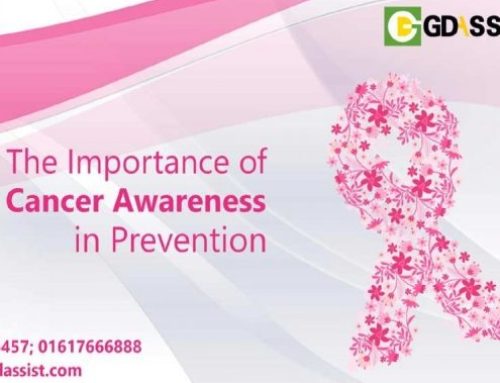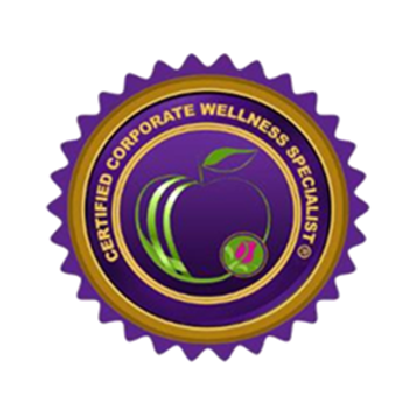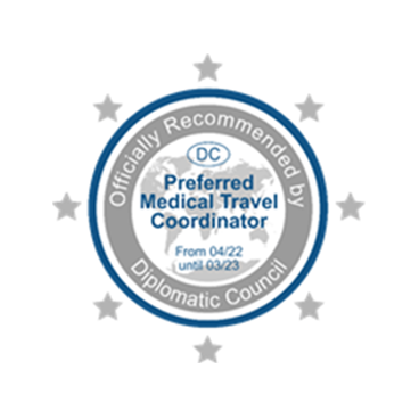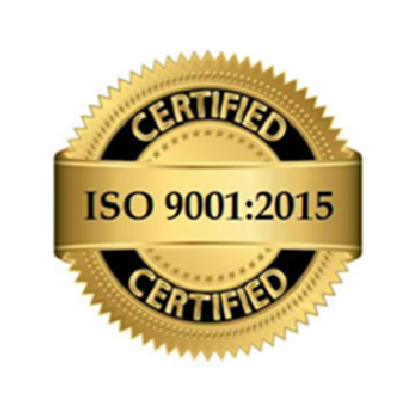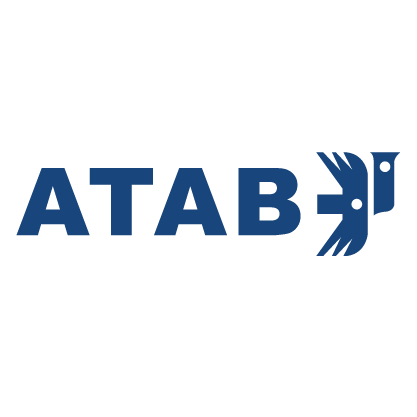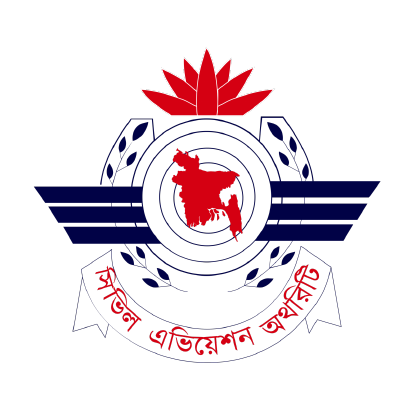Sports Medicine: A High-Potential Medical Niche
In sports, injuries are inevitable.
Sit back for a few seconds and think of the challenges that athletes face: exhausting training schedules, gruelling fitness sessions, lost matches, excruciating pain, unbearable injuries, heart-breaking failures and personal adversity. The reality is that even when sportspeople are in their peak physical form and specifically train to stay fit, a single errant step, an awkward landing, an ankle sprain, a hamstring strain, a violent collision, a misjudged stride or a fatal fall can bend joints and twist limbs in painful ways.
But the good news is that the way in which technology, medical care and advancements in surgery have developed, many of the breaks, sprains, and tears are no longer the career-enders that athletes fear. With the right rehabilitation athletes can return to their peak form – becoming better, faster and stronger. This is the importance of sports medicine and as injuries grow more complex and with a larger number of people taking to sports and the outdoors, the specialised field of sports medicine is emerging as a high-potential medical niche.
The rehabilitative impact of sports medicine
The rehabilitative impact of sports medicine is undeniable. Take the case of Tiger Woods, the legendary golfing icon. Woods came into the 2008 US Open after suffering a double-stress fracture of his left tibia. After intense therapy and recuperation and, of course, unquestionable mental strength, Woods gritted his teeth through five days of golf and 91 holes, defeating Rocco Mediate in a riveting playoff. The championship win is one of the most legendary performances by Woods in his career.
Or, take the instance of Michael Phelps, the celebrated swimming great.
Phelps is considered to be no less than the greatest Olympian swimmer of all time. Everyone thought that no swimmer would be able to win 8 gold medals in just one Olympic games. Phelps did just that and he has a tally of 19 Olympic medals, 15 of which are gold. The remarkable thing about him is that as a child, he suffered from ADHD and was on medication. Most assume that people with ADHD suffer from restlessness, impulsiveness and a very short attention span. However, medical intervention and rehabilitation ensured that Phelps could turn his weaknesses into his strength as he developed an incredible capacity to remain hyper-focused on the activity he was most passionate about, exploiting the positive side of ADHD. Phelps has shown that he can beat the most disciplined and strongest swimmers in the world, thanks to sports medicine.
But what exactly is sports medicine?
Sports medicine is a medical specialty that deals with the treatment and prevention of injuries related to sports and fitness. Healthcare professionals who work in this interdisciplinary medical field focus not only on treating sports-related injuries but also on injury prevention, rehabilitation, nutrition and performance training in order to help athletes not only stay at the peak of their performance for longer periods but also raise the bar and improve their game.
A sports medicine specialty team often involves physicians who are trained in sports medicine, as well as orthopaedic surgeons, physical therapists, trainers, coaches and others. The team works together to help patients get back into ‘top shape’ as safely and quickly as possible.
Sports medicine fills a much-needed niche in medicine. Sports and outdoor-related injuries are common, not only among professional athletes but also among those who are active. Although sports medicine is a relatively new medical specialty, it has become indispensable for athletes with its targeted focus on their unique needs and concerns. It is without doubt that reputable sports medicine specialists and surgeons can make a tremendous difference in the lives of athletes and sportspeople.
Benefits of sports medicine
Athletes and sportspeople put their bodies to test every day in ways most of us might have a hard time imagining. Consider the fact that in the nearly year-round training season leading up to the Tour de France, for instance, a rider will work his way up to 6 hours of cycling a day for 5-6 days a week at varying levels of intensity. He might ride 60, 100, even 180-km in a single day to simulate what he’ll experience on the Tour! While Tour de France riders are exceptional athletes in a category of their own, professional and aspiring pro-tennis players, golfers, basketball players, footballers, cricketers and athletes of every variety also spend a huge number of hours on the court, course, field or in the gym. Such intense training can take its toll on the body and injuries are virtually inevitable. This is why having a skilled sports medicine doctor is essential, providing the following benefits:
Enhanced athletic performance: Sports medicine specialists often play a role in developing tailored training programs constructed around an athlete’s individual needs, strengths and weaknesses. These experts have the knowledge and the tools to evaluate an athlete’s anatomical strengths and weaknesses, making training regimen recommendations and identifying areas for improvement.
Suitable customisation: Sports medicine physicians are specially-trained to care for athletes, fitness professionals and active individuals. They understand the impact of sports and exercise on their patients’ bodies, such as concussions and repetitive motion injuries, and work closely with orthopaedic surgeons and physical therapists to develop tailored treatment plans that suit each patient’s specific needs.
Cutting-edge treatment options: From leading-edge reconstructive surgical techniques to regenerative medicine procedures like platelet-rich plasma therapy and stem cell therapy, sports medicine physicians and surgeons leverage the latest techniques and procedures to help restore function to injured areas.
Injury and re-injury prevention: Sports medicine physicians have an in-depth understanding of how athletes use their bodies during practice and play. As such, they provide patients with expert advice and instructions on preventing injuries and avoiding re-injuring a previously damaged area. They help professional and novice athletes alike make important ‘return to play’ decisions while conducting pre-participation physical assessments to ensure their patients are ready to resume activities.
Sports injury prevention
Preventing injuries requires good form and technique and good equipment while training/playing/exercising. Even the most seasoned athletes should work themselves into shape slowly, especially after a sedentary period. It may be tempting to jump right into a former routine without preparing, but this is a recipe for injury.
Athletes should warm-up before each exercise session and cool down afterwards. They should stretch regularly, use good technique (a performance training program can help in this area) and be mindful of fatigue and dehydration, which can impair concentration and lead to an injury/re-injury. Athletes should always respond to the signals their body is sending—dizziness, faintness, nausea, overheating and extreme fatigue are all clear warning signs. Hence, prevention is really the best form of treatment.
Nonetheless, injuries happen and the ‘PRICE’ method is usually the first line of treatment for less severe injuries. The PRICE method involves:
- Protection
- Rest
- Ice
- Compression
- Elevation
Therapeutic exercise such as stretching, core exercises, and weight lifting, heat treatments, massage, aquatic therapy, balance training, spinal traction and other therapies (including minimally invasive surgeries) can also constitute some other treatment and recovery options.
GD Assist, as a leading healthcare management and medical tourism destination, has forged an exclusive alliance with Imago Sports Management to promote sports treatment and sports-related health services in Bangladesh. With this association, the alliance offers patients access to the latest diagnostic tools and treatment solutions for sports-related injuries, including a range of ankle, shoulder, knee, elbow and hip injuries.
So, call GD Assist to schedule an appointment today and take a step closer on your path to recovery.
Hotline: 16457; +8801617666888. Email: gdal@green-delta.com
Website: gdassist.com


